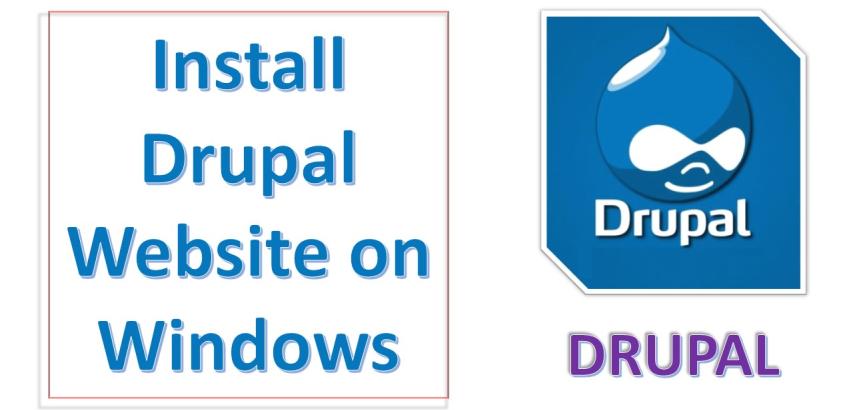
1. Install WampServer
Download WampServer:
Go to the WampServer website.
Download the WampServer installer suitable for your Windows version (32-bit or 64-bit).
Run the installer, following the prompts to install WampServer. Choose a directory (e.g., C:\wamp64).
Launch WampServer:
Open WampServer after installation. A green icon should appear in your taskbar, indicating WampServer is running properly with Apache, MySQL, and PHP.
2. Download Drupal
Download Drupal Core:
Visit Drupal's download page.
Download the latest .zip version of Drupal for Windows.
Extract Drupal Files:
Extract the downloaded file into the WampServer www directory (e.g., C:\wamp64\www\drupal).
3. Create a Database for Drupal
Open phpMyAdmin:
Access phpMyAdmin by navigating to http://localhost/phpmyadmin in your browser.
Create a New Database:
In phpMyAdmin, click New.
Enter a name for your database (e.g., drupaldb) and select utf8_general_ci as the collation.
Click Create.
4. Configure WampServer for Drupal
Adjust PHP Settings (Optional but Recommended):
Open WampServer settings by clicking the WampServer icon in your taskbar.
Under PHP, ensure necessary extensions like openssl and gd are enabled.
Start the Drupal Installer:
In your browser, go to http://localhost/drupal.
The Drupal setup screen should appear.
5. Install and Configure Drupal
Select Language:
Choose your preferred language and click Save and continue.
Choose Installation Profile:
Select either Standard or Minimal depending on the features you need.
Database Configuration:
Select MySQL/MariaDB as the database type.
Enter the database name you created (e.g., drupaldb), username (root for default WampServer), and password (leave blank if none set).
Click Save and continue.
Complete Installation:
Drupal will install its modules and configurations automatically.
When prompted, enter the site details (e.g., site name, admin username, and password) and other configuration settings.
6. Access and Customize Your Drupal Site
Once installation is complete, you can visit your Drupal site at http://localhost/drupal.
Log in with the admin credentials you created to start customizing the site.
Troubleshooting Tips
Port Conflicts: If Apache doesn’t start, it may be due to a port conflict (often with Skype or IIS). In this case, open the httpd.conf file in the WampServer Apache configuration and change the port from 80 to 8080.
Permissions: If you encounter issues with file permissions, ensure the WampServer www directory allows read/write access.